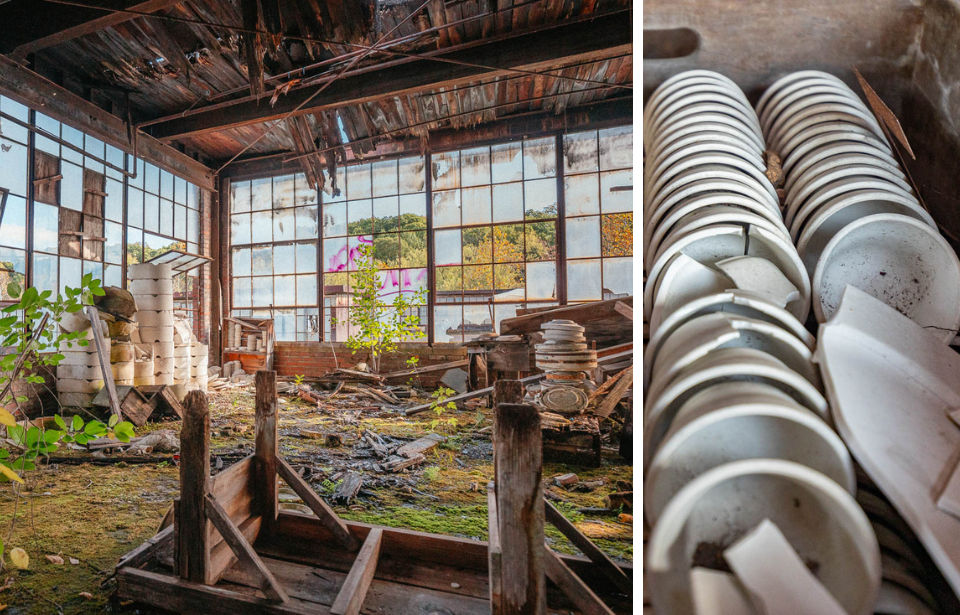In New Castle, Pennsylvania, sits the abandoned Shenango China factory, a symbol of a once vibrant industry now silent. Its weathered brick walls tell the story of a bygone era of American manufacturing, and today stands deserted, inviting exploration and curiosity about its past.
Preserving the Shenango China ceramics legacy
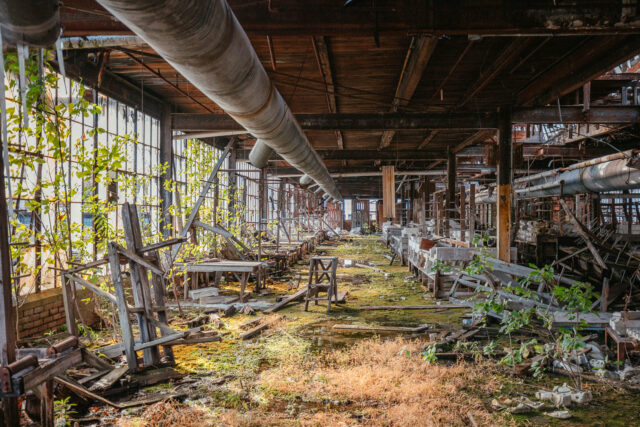
The Lawrence County Historical Society has the largest collection of Shenango China in the world, showcasing a concerted effort to preserve the Shenango China Factory’s legacy. The emotional connection that many people have to the factory is palpable, as it was a significant part of the community’s identity. The exhibit at the museum aims to honor this connection by providing an in-depth look at the factory’s history, its impact on the local community, and its contributions to the world of ceramics.
The start of the factory
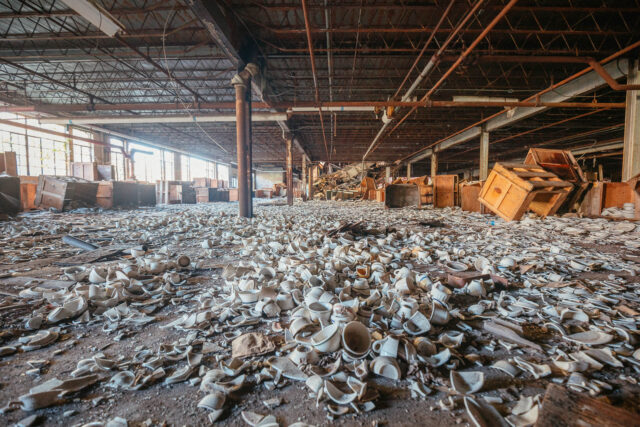
The story of Shenango China begins in 1901 with the formation of the New Castle China Company and Shenango China Company. The companies were not founded due to local clay deposits but rather the availability of soft coal used to fire the kilns. Financial difficulties led to reorganization, and by 1909, under the leadership of James N. Smith, the company began to flourish. Smith’s innovations, including the construction of new kilns and the employment of ceramic engineers, set the foundation for Shenango China’s growth and success.
James N. Smith’s impact

James N. Smith’s leadership was instrumental in transforming the Shenango China Factory into a powerhouse of ceramic production. His forward-thinking approach included not only technological advancements but also a focus on quality and design. The employment of skilled ceramic engineers allowed the factory to experiment with new techniques and materials, paving the way for future innovations. This period of growth laid the groundwork for Shenango China to become a leader in the industry.
The Haviland saga
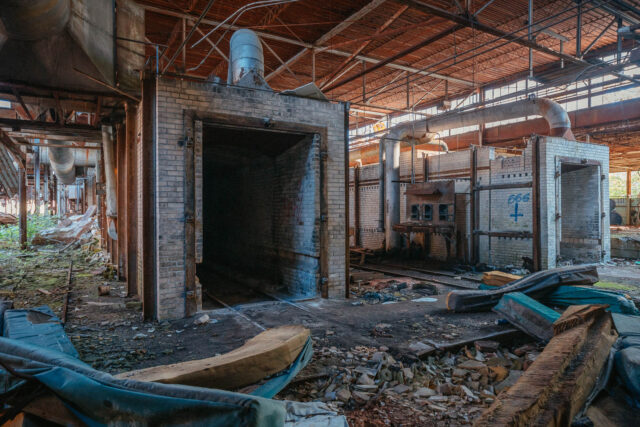
A significant milestone in Shenango China’s history came in 1936 when Theodore Haviland sought an American manufacturer for his renowned dinnerware. Impressed by Shenango’s quality, an agreement was made, and from 1936 to 1958, Shenango produced Haviland china in America. This collaboration led to the creation of Castleton China in 1940, with notable artists like Eva Zeisel contributing to its innovative designs. Zeisel’s Museum shape, commissioned by the Museum of Modern Art in New York, marked a new epoch in ceramic history and was celebrated in collections across Europe and America.
A prosperous era for Shenango China Factory
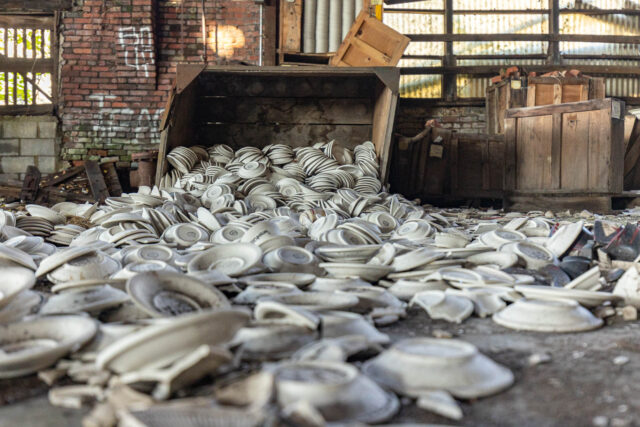
The collaboration with Theodore Haviland and the creation of Castleton China represented a new era for the Shenango China Factory. This period was marked by a focus on artistic excellence and innovative design, attracting some of the most talented artists in the field. Eva Zeisel’s contributions, in particular, brought international acclaim to the factory. Her designs were not only aesthetically pleasing but also functional, embodying the perfect blend of form and function. This era solidified Shenango China’s reputation as a leader in ceramic art.
WWII and post-war period
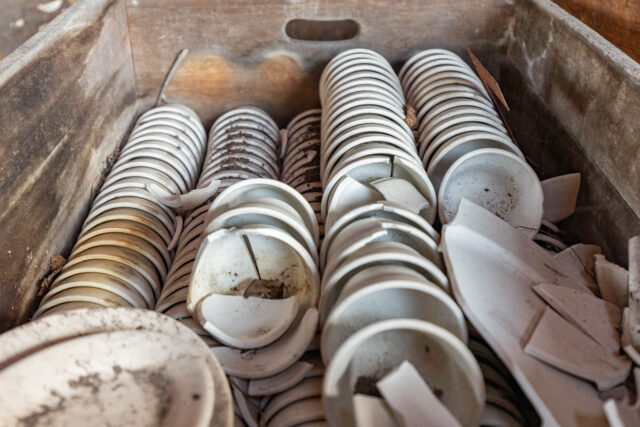
The late 1930s saw Shenango China, preparing for the inevitable impact of WWII. The war brought numerous challenges, including a shortage of skilled workers and critical materials. Despite these hardships, Shenango continued to innovate, developing new kilns and decorating techniques. Post-war expansion was necessary to meet the growing demand for dinnerware. However, financial struggles and labor disputes in the 1950s took a toll on the company.
The factory suffered economic troubles
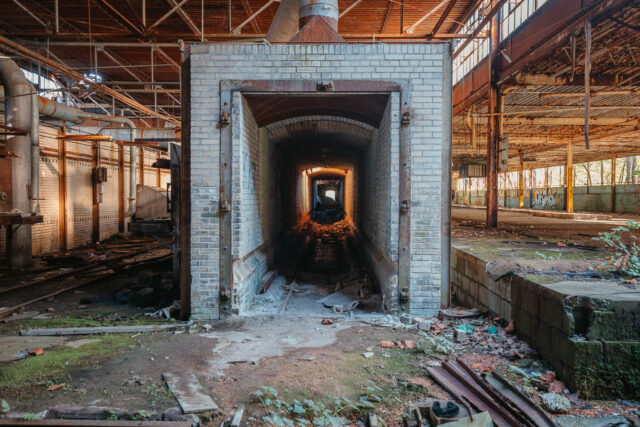
In 1954, the company reverted to its original name, Shenango China Inc., and continued to modernize. Ownership changes in the subsequent decades brought further developments, including the introduction of the fast-fire kiln and the acquisition of other china manufacturers. Despite these efforts, economic downturns and changing demands led to the eventual closure of the Shenango plant.
Shenango China Factory officially closes
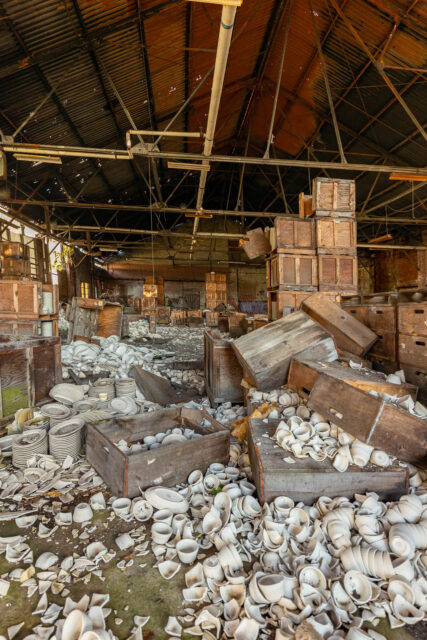
The final years of the Shenango China Factory were marked by both innovation and struggle. The introduction of new technologies and modernization efforts were aimed at keeping the factory competitive in a changing market. However, external economic factors and shifts in consumer preferences posed significant challenges. The eventual closure of the plant was a poignant end to a storied history, but the legacy of Shenango China continues to be celebrated through exhibits and collections. Sadly, a fire took place in the factory in 2011, which was ruled an arson, damaging much of the property.
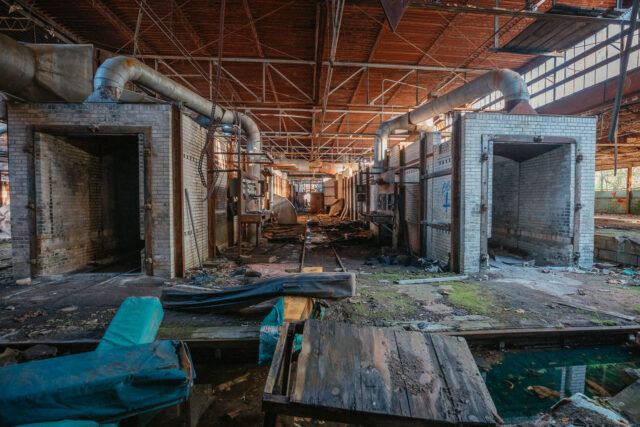
The Shenango China Factory’s story is one of innovation, resilience, and artistic excellence, leaving behind a rich legacy that continues to be celebrated and preserved. Through exhibits, collections, and multimedia presentations, the legacy of Shenango China lives on, inspiring new generations of artists and historians alike.
More from us: Eagle Mountain Railroad: The Abandoned Tracks That Made a Cameo In the Burt Lancaster Western ‘The Professionals’
Thank you to the State of Abandoned for giving us permission to use their photos.
